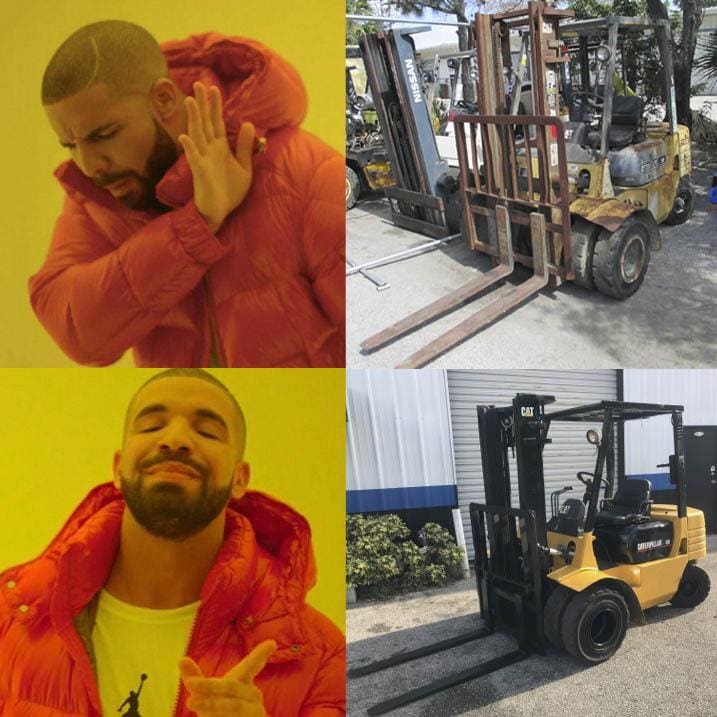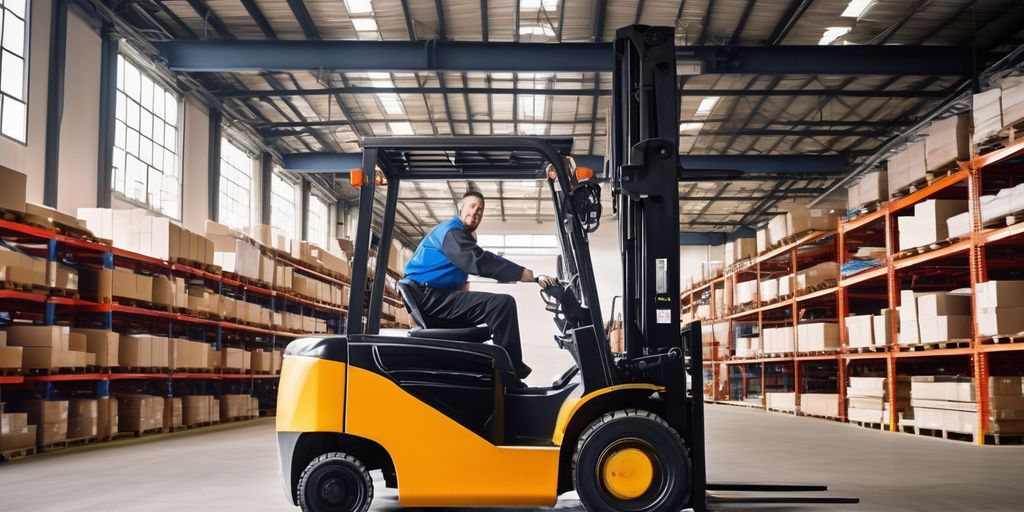Yes, yes we made that joke...But seriously, it’s probably happened to most of us. That momentary lapse of attention, thinking about a personal problem or distraction by an activity that ends in a slip, trip or fall. A stumble down a stairway. A trip over an uneven surface. Slipping on the ice. It can lead to a variety of regrettable events ranging from a simple bruised shin to an extremely serious injury. It’s just one of a number of conditions and situations that set the stage for slips, trips and falls in the workplace.
According to the U.S. Department of Labor, slips, trips and falls make up the majority of general industry accidents, which account for:
- 15% of all accidental deaths per year, the second-leading cause behind motor vehicles
- About 25% of all reported injury claims per fiscal year
- More than 95 million lost work days per year — about 65% of all work days lost
In general, slips and trips occur due to a loss of traction between the shoe and the walking surface or an inadvertent contact with a fixed or moveable object which may lead to a fall. There are a variety of situations that may cause slips, trips and falls:
- Wet or greasy floors
- Dry floors with wood dust or powder
- Uneven walking surfaces
- Polished or freshly waxed floors
- Loose flooring, carpeting or mats
- Transition from one floor type to another
- Missing or uneven floor tiles and bricks
- Damaged or irregular steps; no handrails
- Sloped walking surfaces
- Shoes with wet, muddy, greasy or oily soles
- Clutter
- Electrical cords or cables
- Open desk or file cabinet drawers
- Damaged ladder steps
- Ramps and gang planks without skid-resistant surfaces
- Metal surfaces — dock plates, construction plates
- Weather hazards — rain, sleet, ice, snow, hail, frost
- Wet leaves or pine needles
Here are six guidelines to help you create a safer working environment for you and your employees.
1. Create Good Housekeeping Practices
Good housekeeping is critical. Safety and housekeeping go hand in hand. If your facility’s housekeeping habits are poor, the result may be a higher incidence of employee injuries, ever-increasing insurance costs and regulatory citations. If an organization’s facilities are noticeably clean and well organized, it is a good indication that its overall safety program is effective as well.
Proper housekeeping is a routine. It is an ongoing procedure that is simply done as a part of each worker’s daily performance. To create an effective housekeeping program, there are three simple steps to get you started:
- Plan ahead — Know what needs to be done, who’s going to do it and what the particular work area should look like when you are done.
- Assign responsibilities — It may be necessary to assign a specific person or group of workers to clean up, although personal responsibility for cleaning up after oneself is preferred.
- Implement a program — Establish housekeeping procedures as a part of the daily routine.
2. Reduce Wet or Slippery Surfaces
Walking surfaces account for a significant portion of injuries reported by state agencies. The most frequently reported types of surfaces where these injuries occur include:
- Parking lots
- Sidewalks (or lack thereof)
- Food preparation areas
- Shower stalls in residential dorms
- Floors in general
Traction on outdoor surfaces can change considerably when weather conditions change. Those conditions can then affect indoor surfaces as moisture is tracked in by pedestrian traffic. Traction control procedures should be constantly monitored for their effectiveness:
- Keep parking lots and sidewalks clean and in good repair condition.
- When snow and ice are present, remove or treat these elements. In some extreme cases, it may be necessary to suspend use of the area.
- Use adhesive striping material or anti-skid paint whenever possible.
Indoor control measures can help reduce the incidence of slips and falls:
- Use moisture-absorbent mats with beveled edges in entrance areas. Make sure they have backing material that will not slide on the floor.
- Display “Wet Floor” signs as needed.
- Use anti-skid adhesive tape in troublesome areas.
- Clean up spills immediately. Create a procedure for taking the appropriate action when someone causes or comes across a food or drink spill.
- Use proper area rugs or mats for food preparation areas.
3. Avoid Creating Obstacles in Aisles and Walkways
Injuries can also result from trips caused by obstacles, clutter, materials and equipment in aisles, corridors, entranceways and stairwells. Proper housekeeping in work and traffic areas is still the most effective control measure in avoiding the proliferation of these types of hazards. This means having policies or procedures in place and allowing time for cleaning the area, especially where scrap material or waste is a byproduct of the work operation:
- Keep all work areas, passageways, storerooms and service areas clean and orderly.
- Avoid stringing cords, cables or air hoses across hallways or in any designated aisle.
- In office areas, avoid leaving boxes, files or briefcases in the aisles.
- Encourage safe work practices, such as closing file cabinet drawers after use and picking up loose items from the floor.
- Conduct periodic inspections for slip and trip hazards.
4. Create and Maintain Proper Lighting
Poor lighting in the workplace is associated with an increase in accidents.
- Use proper illumination in walkways, staircases, ramps, hallways, basements, construction areas and dock areas.
- Keep work areas well lit and clean.
- Upon entering a darkened room, always turn on the light first.
- Keep poorly lit walkways clear of clutter and obstructions.
- Keep areas around light switches clear and accessible.
- Repair fixtures, switches and cords immediately if they malfunction.
5. Wear Proper Shoes
The shoes we wear can play a big part in preventing falls and are a critical component of PPE. The slickness of the soles and the type of heels worn need to be evaluated to avoid slips, trips and falls. Shoelaces need to be tied correctly. Whenever a fall-related injury is investigated, the footwear needs to be evaluated to see if it contributed to the incident. Employees are expected to wear footwear appropriate for the duties of their work task.
6. Control Individual Behavior
This condition is the toughest to control. It’s human nature to let our guard down temporarily and be distracted by random thoughts or doing multiple activities. Being in a hurry will result in walking too fast or running, which increases the chances of a slip, trip or fall. Taking shortcuts, not watching where one is going, using a cell phone, carrying materials which obstruct the vision, wearing sunglasses in low-light areas, not using designated walkways and speed are common factors in many on-the-job injuries.
Now go enjoy your candy corn and pumpkin spice!




Leave a comment
This site is protected by hCaptcha and the hCaptcha Privacy Policy and Terms of Service apply.